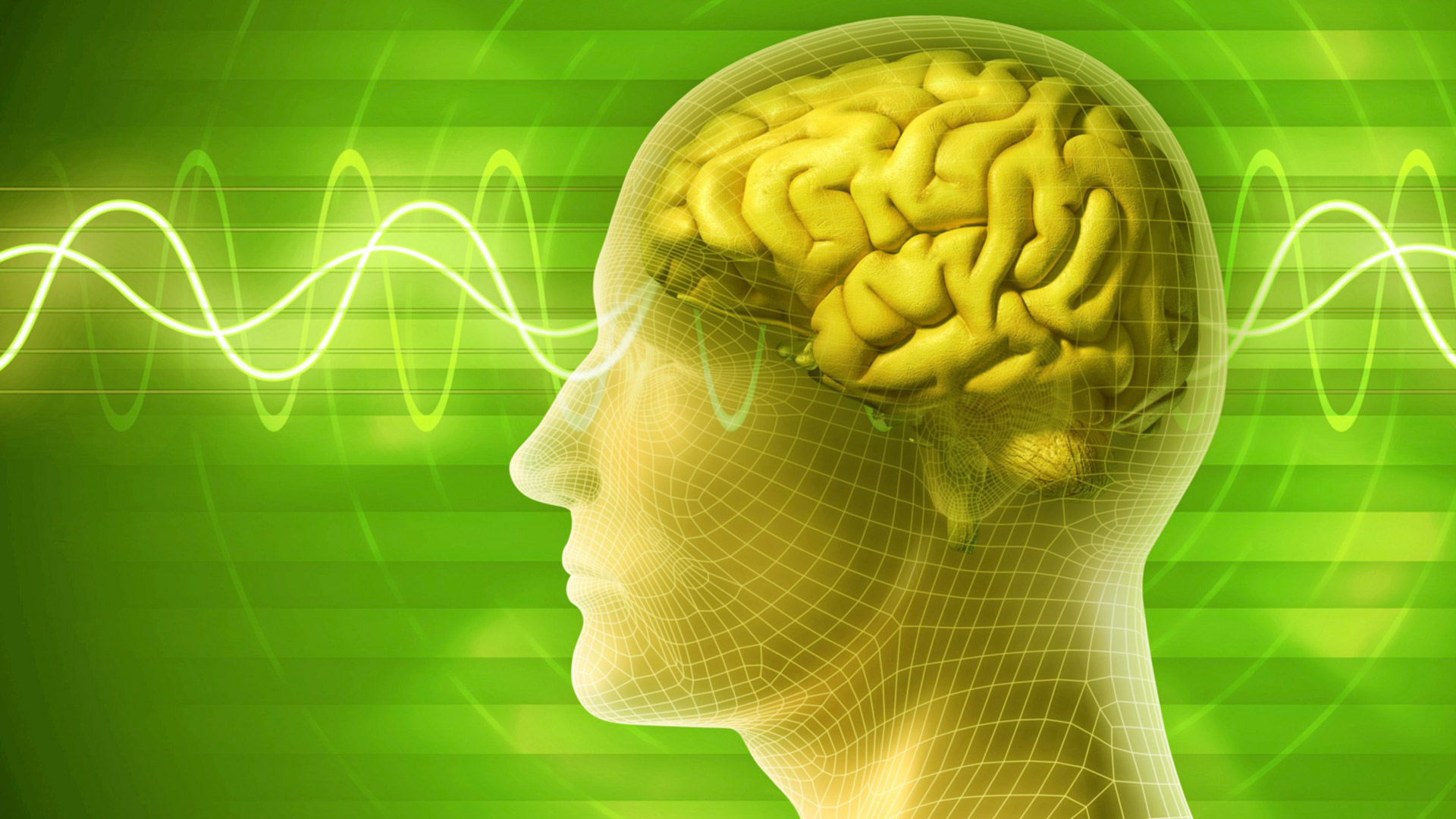Unlocking the Mysteries of the Brain Through qEEG Brain Mapping Techniques in Mental Wellness Assessment
Unlocking the Mysteries of the Brain Through qEEG Brain Mapping Techniques in Mental Wellness Assessment
Blog Article
Comprehending the human mind is a complex task, especially when it comes to mental health. Traditional approaches of assessment often rely on interviews and questionnaires, which can sometimes miss important details about how the mind operates. This is where qEEG electroencephalography, or qEEG, comes into play. qEEG is a specific method that assesses electrical activity in the brain. By examining these brainwaves, psychological health experts can obtain valuable insights into a person's psychological condition, helping to improve diagnosis and intervention.
qEEG functions by applying small sensors on the scalp to record brain activity. These electrodes measure neural signals produced by neurons, the units in the cerebrum that communicate with each other. The information gathered is then processed and displayed as a set of patterns. Each type of brainwave—such as alpha, beta, delta, and θ—relates to different mental conditions and functions. For example, alpha oscillations are often linked with calmness, while beta oscillations are associated to active thinking and problem-solving. By analyzing these trends, clinicians can detect irregularities that may indicate mental health issues.
One of the significant benefits of qEEG is its ability to offer objective data. Unlike conventional evaluations that depend on subjective reports from patients, qEEG offers a distinct view of neural function. This objectivity can assist reduce prejudices in assessment and result to more precise treatment plans. For instance, if neurofeedback for attention improvement a patient is facing stress, qEEG can show particular trends of brain activity that are associated with stress disorders. This information allows mental health professionals to customize treatments more efficiently, whether it be through counseling, pharmaceuticals, or other treatments.
Moreover, qEEG can be particularly useful in monitoring treatment progress. By conducting qEEG evaluations at various stages during treatment, healthcare providers can monitor variations in neural function over period. This ongoing evaluation helps determine whether a treatment is effective or if adjustments are needed. For example, if a patient is not responding to a particular treatment, qEEG may show that their neural function has not altered in a manner that suggests improvement. This feedback loop can lead to more personalized and effective mental health care.
In conclusion, qEEG brain mapping is a powerful tool in the field of mental health assessment. By providing objective data about brain activity, it improves the comprehension of different psychological health disorders. This method not only assists in precise assessment but also assists in tracking intervention success. As mental health professionals persist to explore the potential of qEEG, it holds potential for enhancing the well-being of people dealing with psychological health issues. With continuous research and advancements in technology, the mysteries of the mind may become more apparent, resulting to better results for those in requirement of assistance.